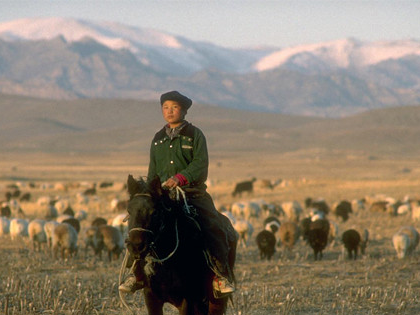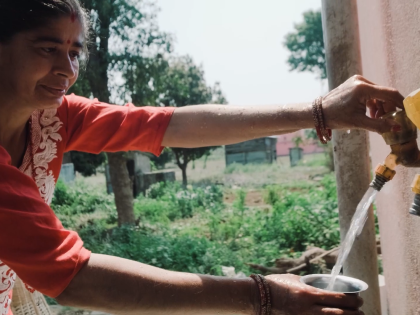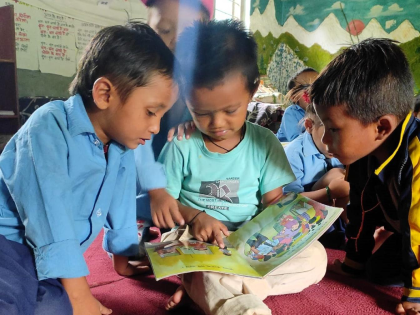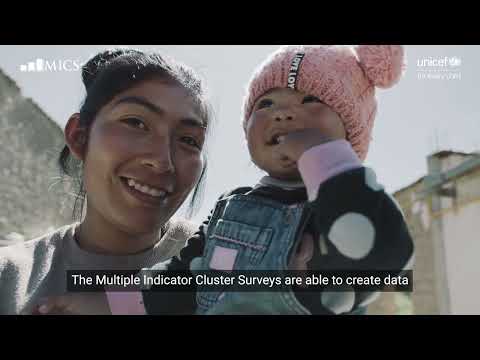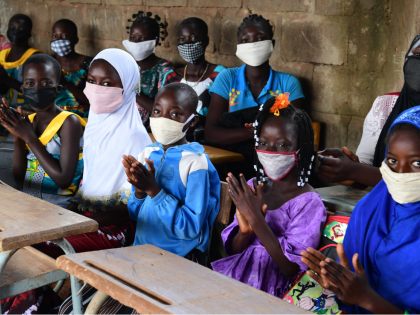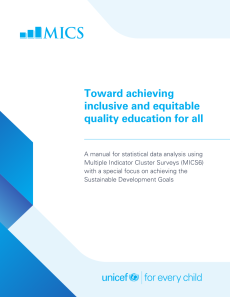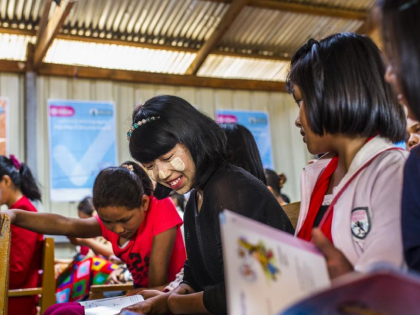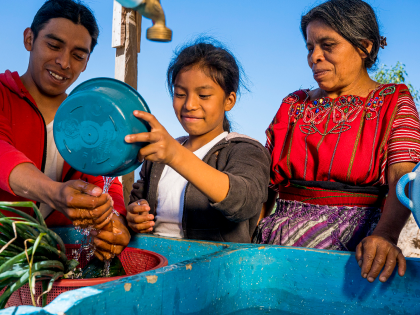Since its inception in the mid-1990s, the Multiple Indicator Cluster Surveys programme, known as MICS, has become the largest source of statistically sound and internationally comparable data on children and women worldwide. In countries as diverse as Bangladesh, Thailand, Fiji, Qatar, Cote d’Ivoire, Turkmenistan and Argentina, trained fieldwork teams conduct face-to-face interviews with household members on a variety of topics – focusing mainly on those issues that directly affect the lives of children and women. MICS is an integral part of plans and policies of many governments around the world, and a major data source for more than 30 Sustainable Development Goals (SDGs) indicators. The MICS programme continues to evolve with new methodologies and initiatives, including MICS Plus, MICS Link, MICS GIS and the MICS Tabulator.
@UNICEF/Credit
Impact of MICS – Water Quality in Nepal




